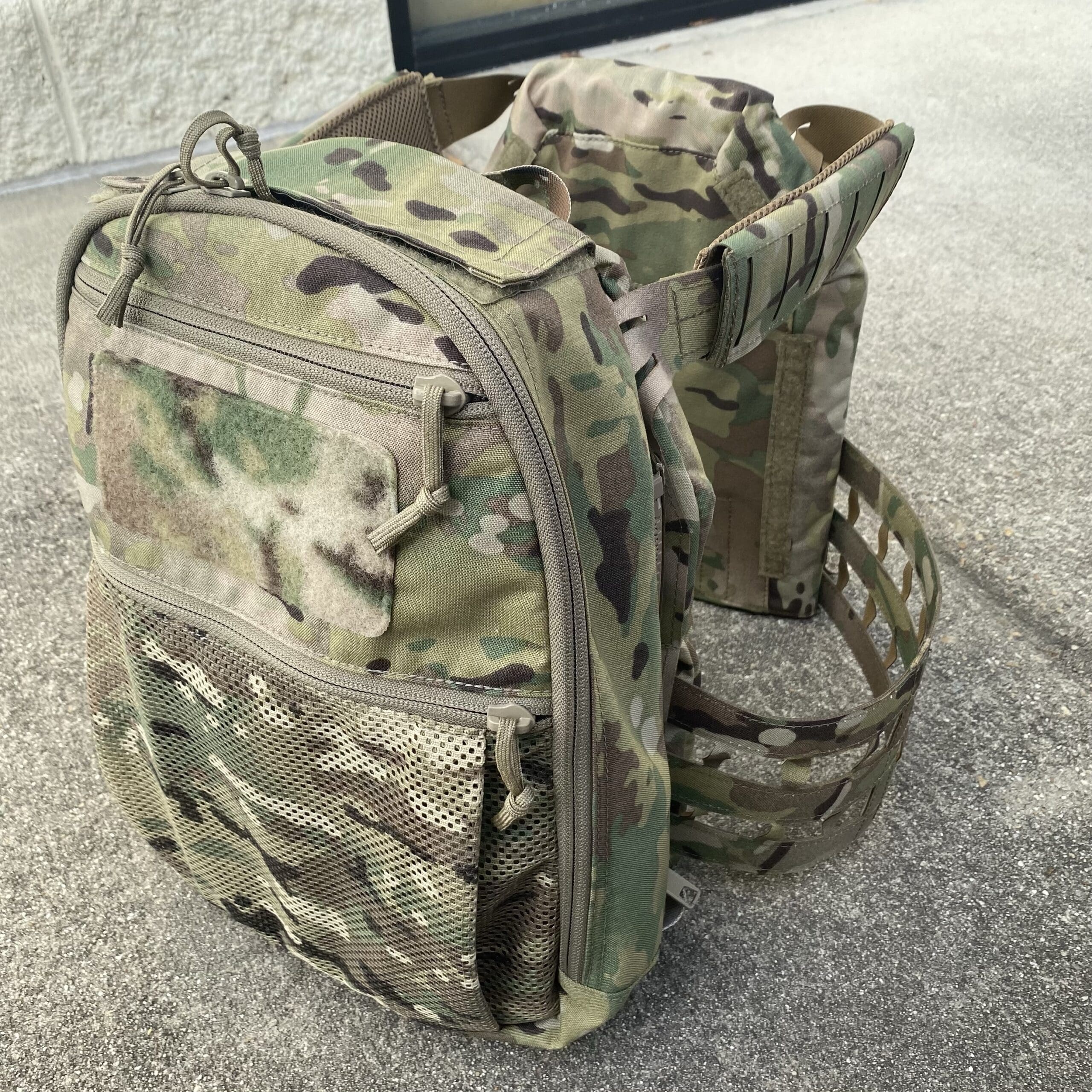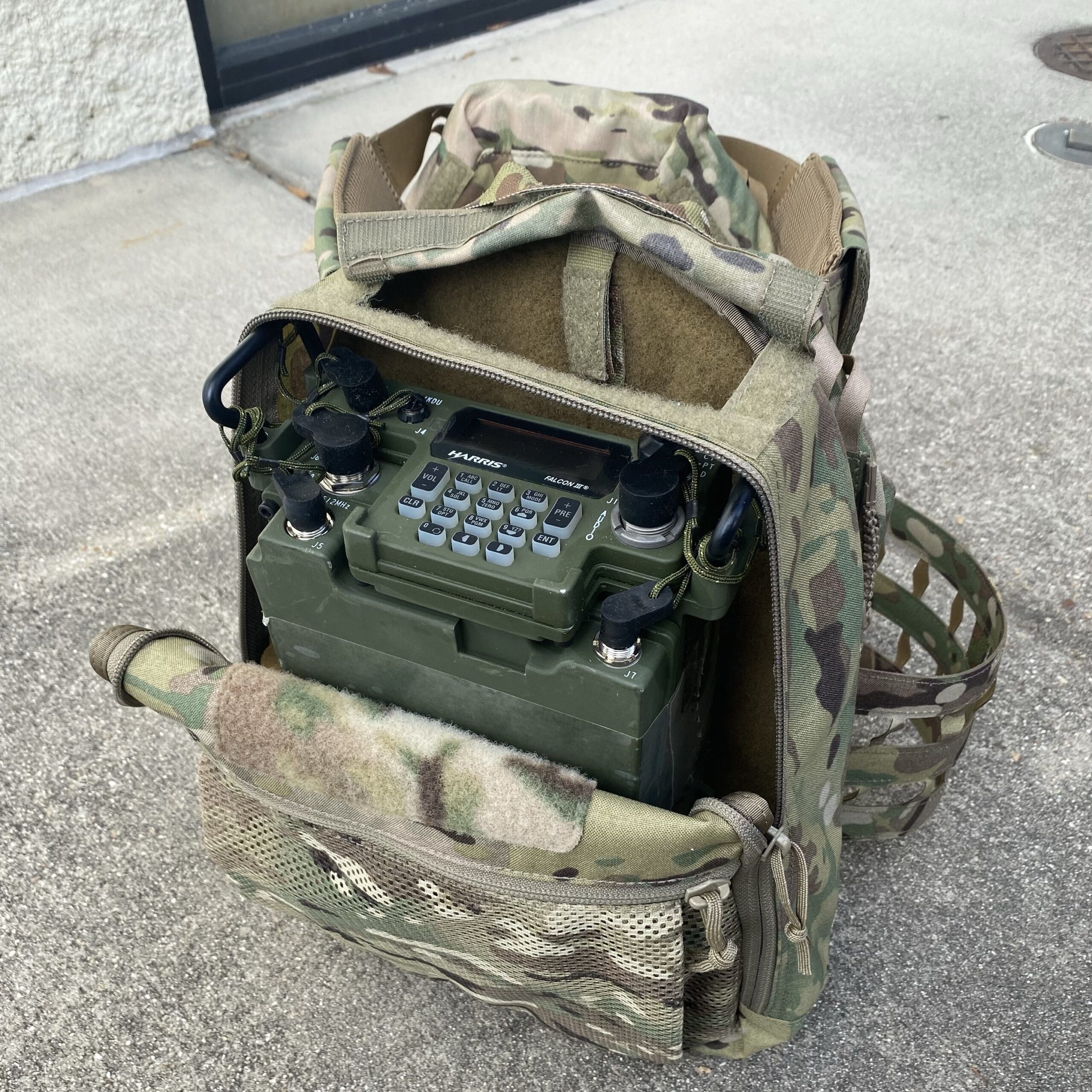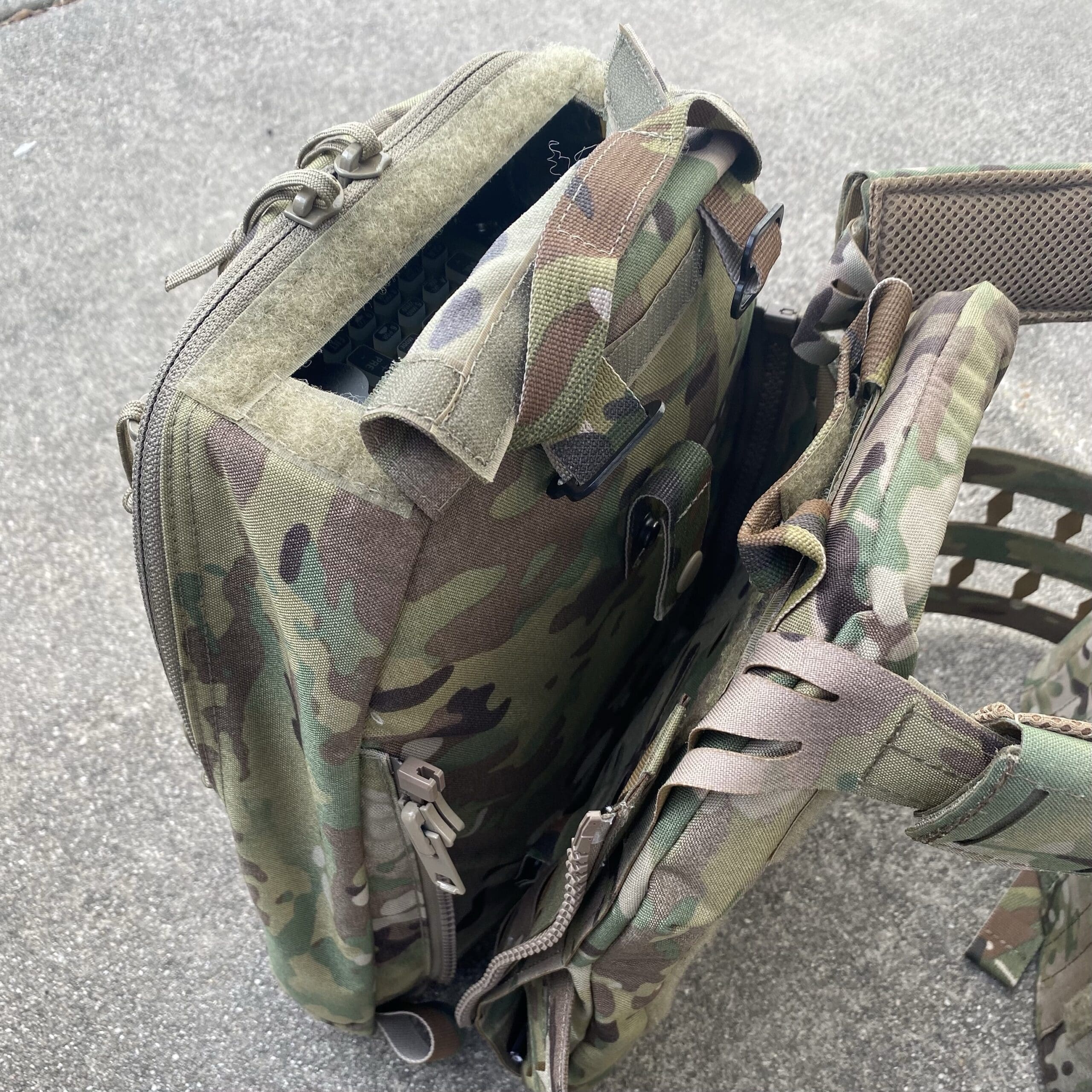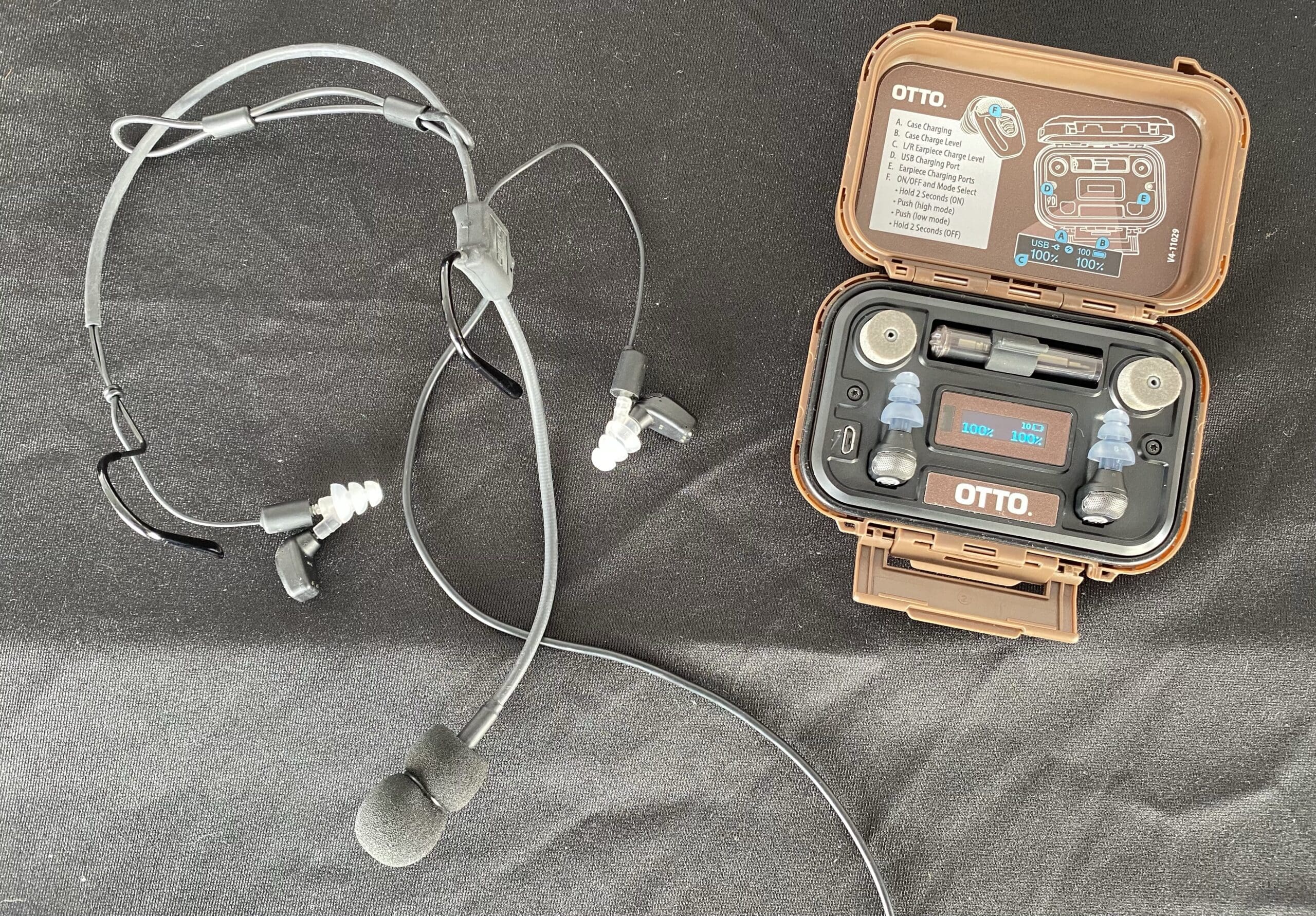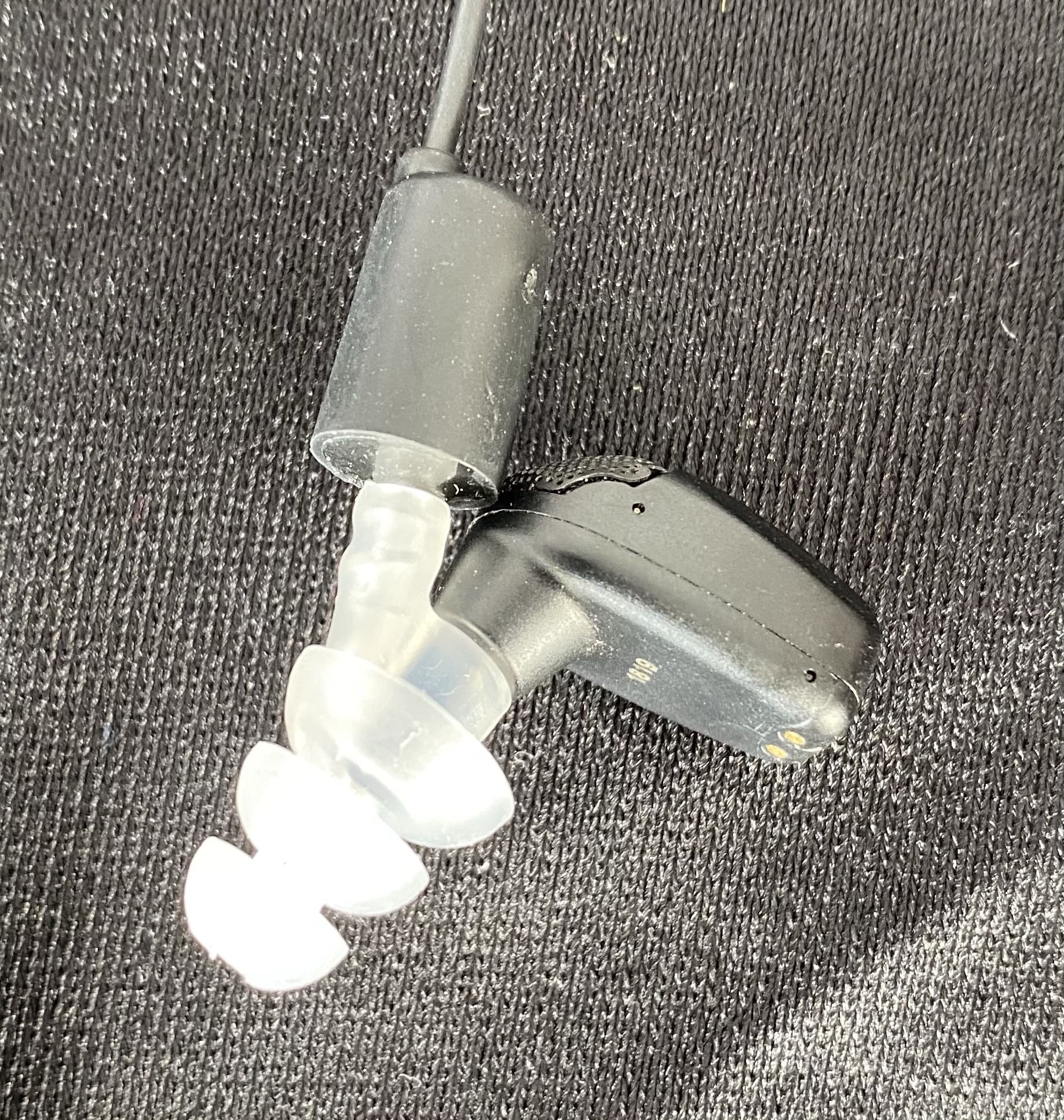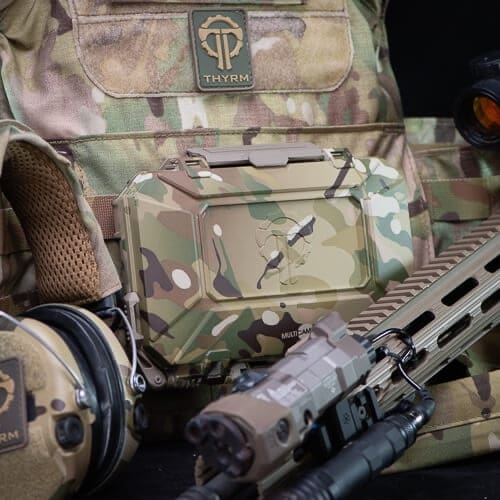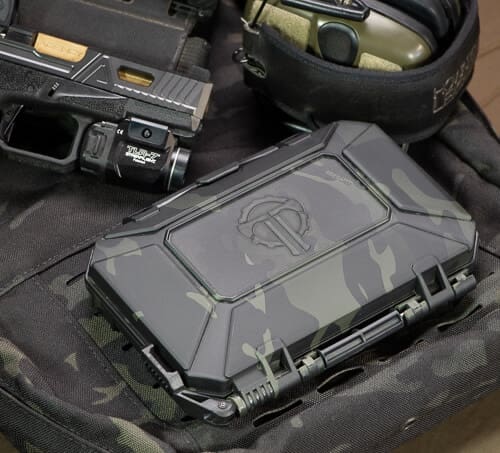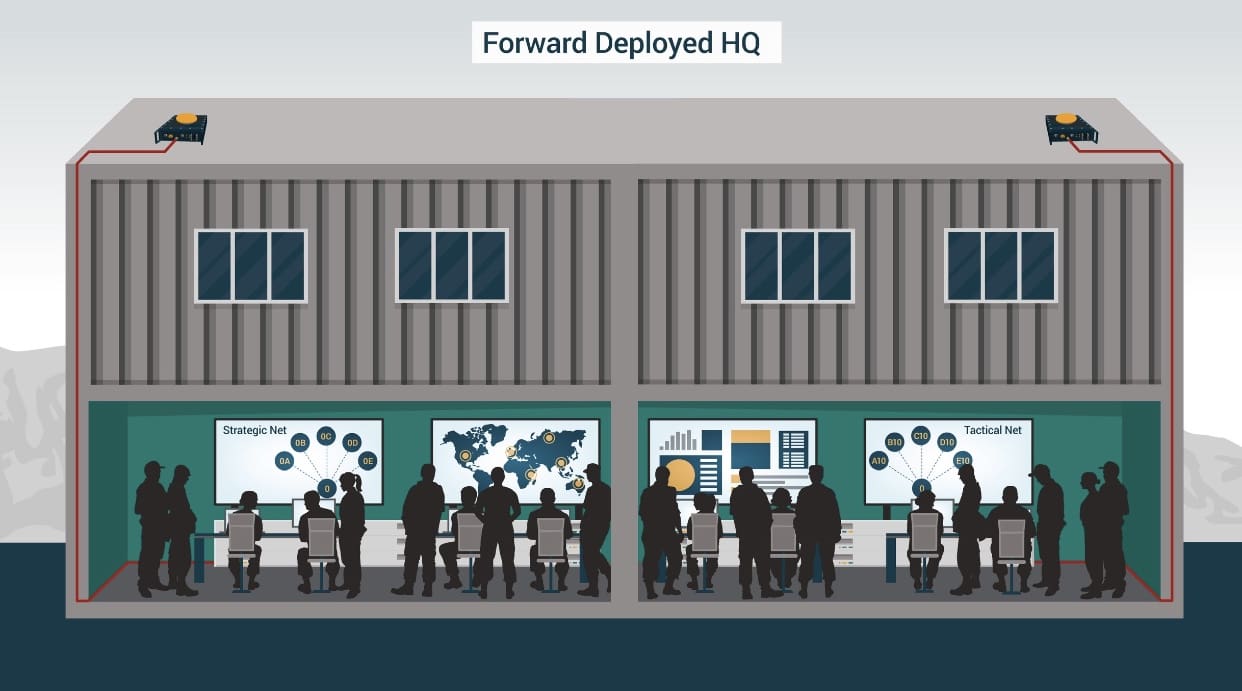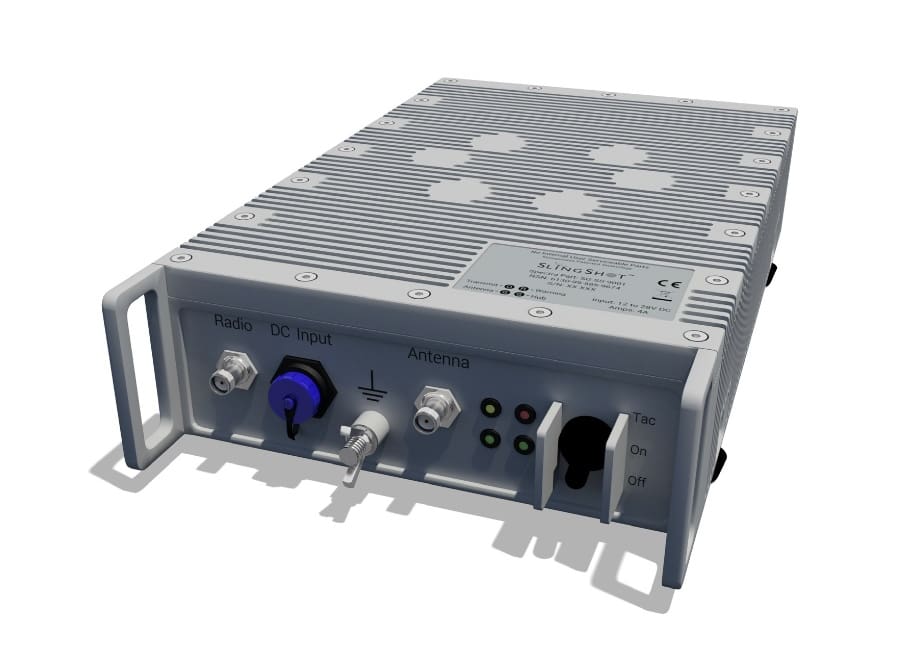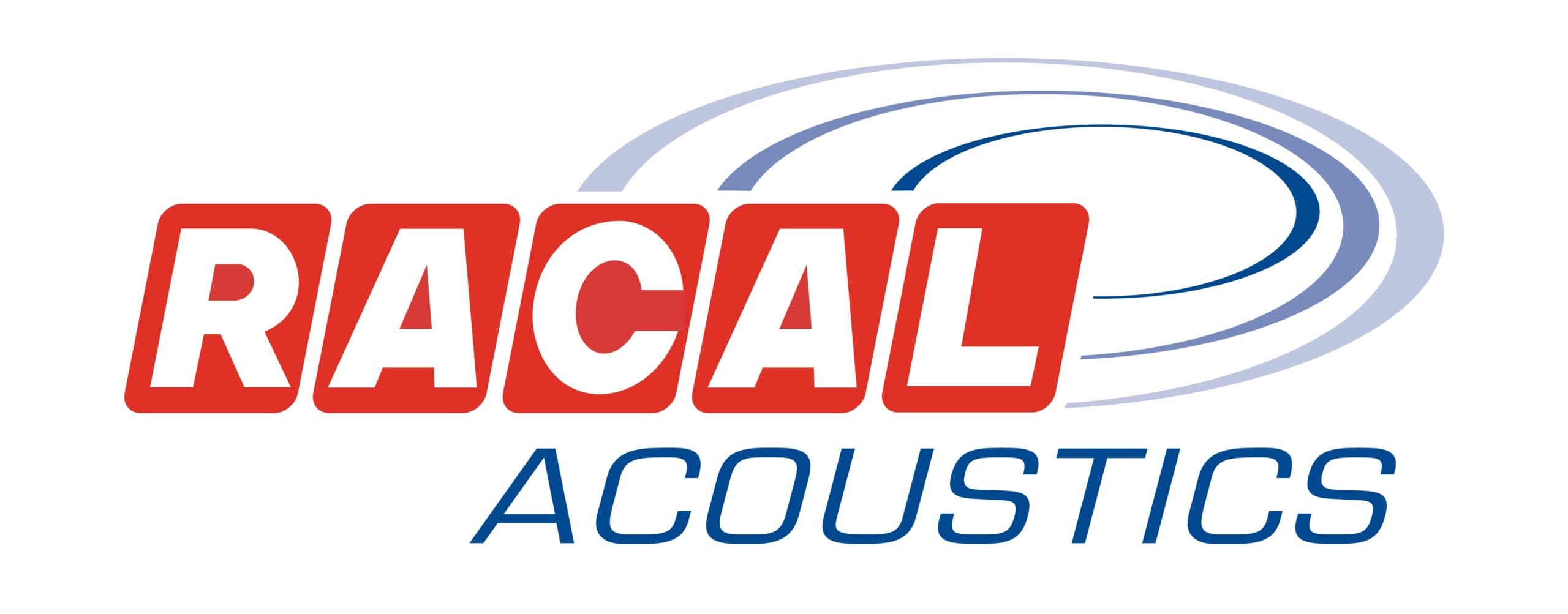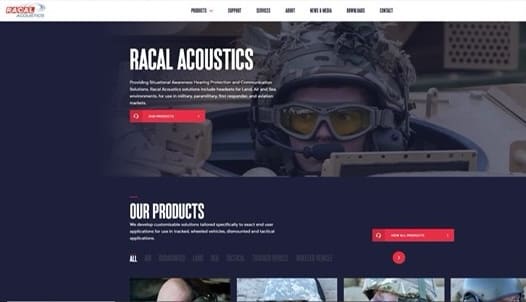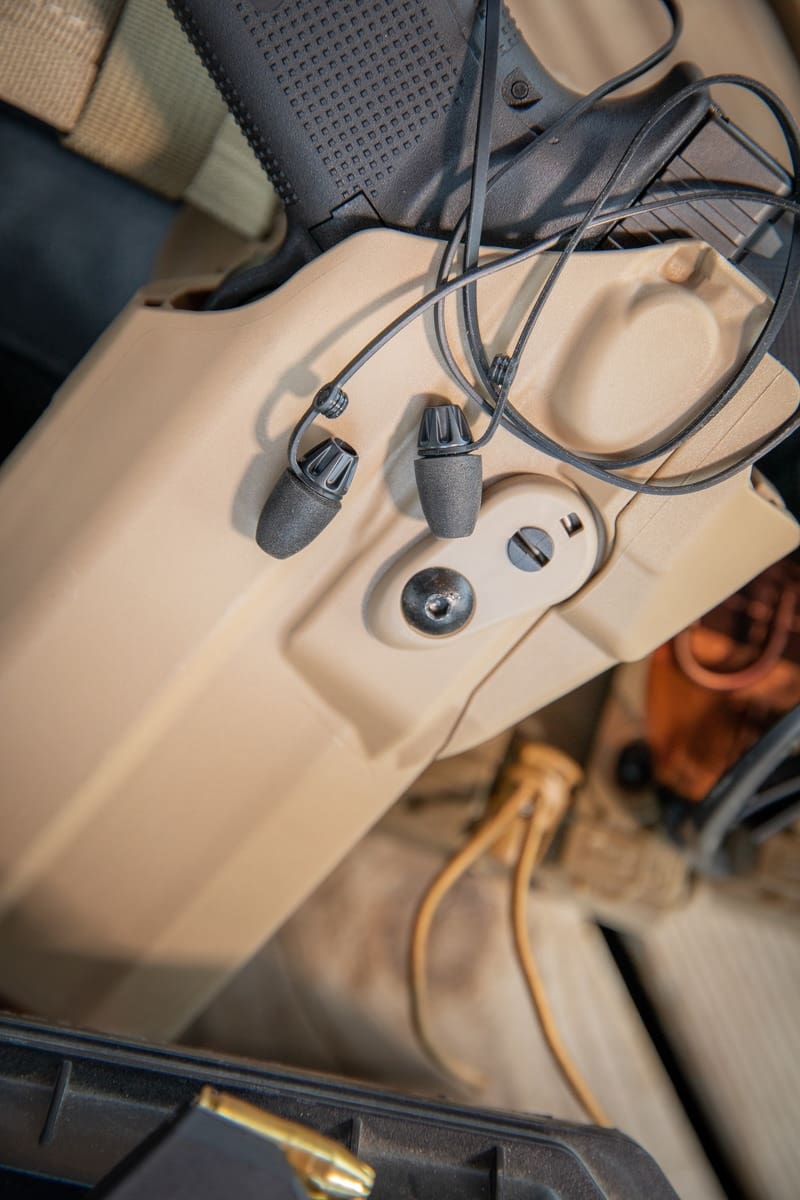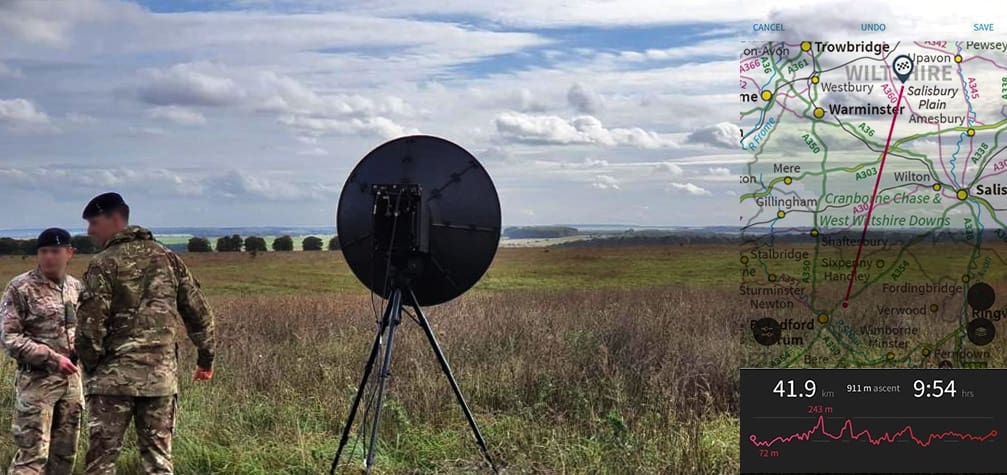
Spectra Group is an internationally renowned specialist provider of secure voice, data and satellite communications systems, specifically optimised for use in remote and challenging environments, with offices in UK and USA. Spectra Group has recently taken part in the UK Army Warfighting Experiment 2020 (AWE20) demonstrating high-capacity over-the-horizon communications systems.
The British Army has established AWE20 as a capability spotlight to explore emerging technologies and identify specific capabilities in the agile Command, Control and Communication (C3) space that are suitable for rapid exploitation. AWE20 aims to push the boundaries of technology and military capability, testing a range of systems by putting them in the hands of the user while giving invaluable military feedback to suppliers. Previously known as URBan Experimentation (or URBEX), AWE20’s purpose is to ‘Identify how the Army can exploit developments in technology in the agile C3 arena’.
At AWE20, Spectra Group, together with industry partners Comtech, have been demonstrating the advanced troposcatter mobile system known as COMET (Compact Over-the-horizon Mobile Expeditionary Terminal) that provides high capacity, low-latency data links for over-the-horizon communications, without the need to rely on satellites or multiple line-of-sight repeaters. At AWE20 Spectra demonstrated how the new, innovative, low-RF signature modems can consistently deliver bandwidths far exceeding those possible using satellite communications systems. Sitting alongside Spectra Group’s highly acclaimed SlingShot satellite tactical communications system, COMET completes a mobile communications suite, enabling Spectra Group to deliver remote, beyond line of sight communications capability, both with and without satellites.
Simon Davies, President of Spectra Group said: “It’s an important and prestigious step for Spectra Group to take part in AWE20 with the COMET troposcatter system. Feedback has been very positive with users appreciating the ease of use, large bandwidth and overall ability to communicate over the horizon in a potentially satellite and GPS denied environment”. He added: “Troposcatter and SlingShot offer different yet complimentary capabilities to our users. We’re confident that all of our existing and future customers will see the benefits on offer in using both systems side-by-side, to meet every Beyond Line Of Sight communications scenario”.


